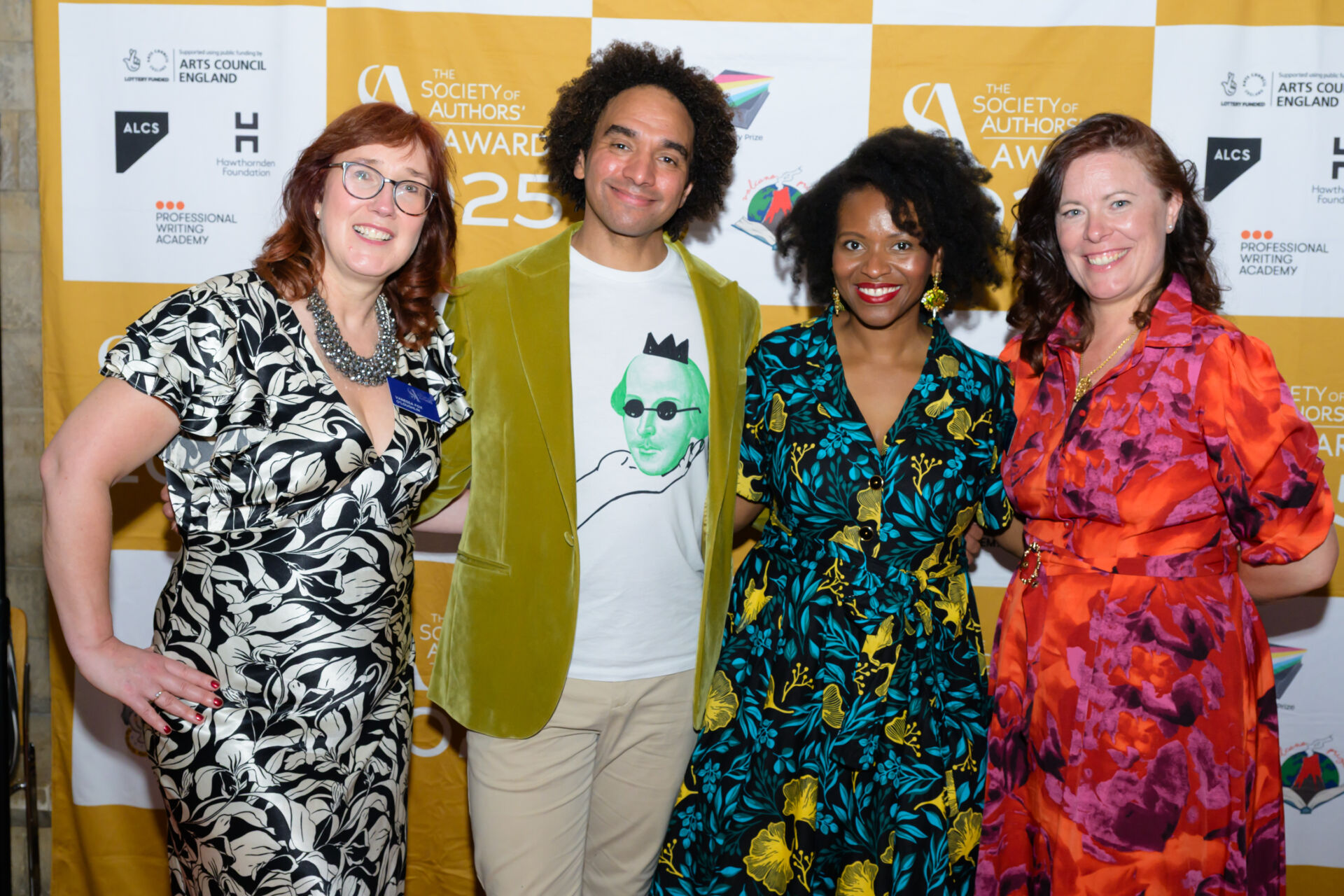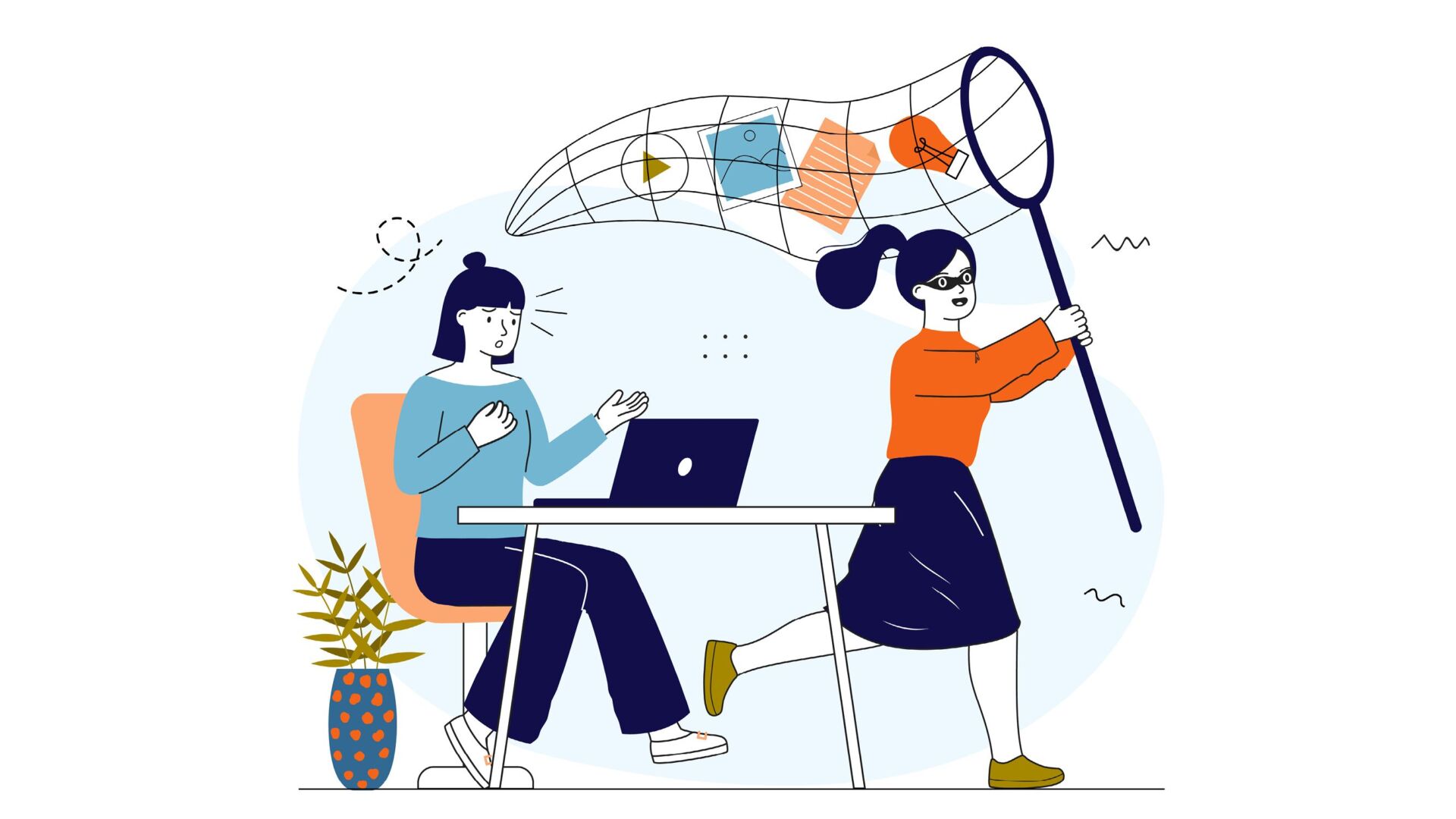A third of literary translators have already lost work or income because of generative AI, according to a recent SoA survey of members. But this is not the only impact that generative AI has had. It is raising new issues for translators around working methods, copyright, credit and transparency. It may even change how we think about the act – and art – of translation.
A help or a hindrance?
In the SoA survey, 37% of translators reported having used some form of generative AI in their work. The leading technologies for automated translation are neural machine translation (NMT), such as DeepL, and large language models (LLM), of which the best known is ChatGPT. NMTs have been used for years by professional translators. They’re based on neural network architectures, and were trained using bilingual documents and texts found online in two-language versions. LLMs were developed more recently, and while they are based on a similar architecture, they are trained to predict the next word in a sentence and to generate text based on statistical likelihood.
Many other services and computer-aided translation (CAT) tool plug-ins exist. ‘I use (the CAT tool) Wordfast Anywhere,’ explains Kazakh-to-English translator Mirgul Kali. ‘It offers MyMemory translation, which is mostly inaccurate for my source language, but I find it useful to have a quick look at it before replacing it with my own translation. Sometimes it offers a great word choice that didn’t occur to me, and secondly Kazakh syntax is markedly different from English, so I appreciate any help I can get.’ Noting the pitfalls, Mirgul adds, ‘I’m always chuckling because some MyMemory translations are simply hilarious: they make me want to abandon translation and start writing strangely moving absurdist prose poems.’
For some, using a machine translation plug-in to throw up (only to throw away) possible versions of a sentence has been a game changer. For others, AI is best avoided. Roland Glasser argues that AI tools can be a distraction and a hindrance rather than a help: ‘The process of undertaking the first draft, of immersing yourself in the source text, sussing out nuances, wrangling cultural references and specificities, attending to alliteration, assonance, onomatopoeia, rhyme and scansion (and sometimes several of the above combined) is integral to the creation of a high-quality translation. Our unconscious brains click and whirr in unimaginable ways as we work on a text. With the best will in the world, working on a machine-translated draft can never be the same.’
‘Machine translation post-editing’
Of rising concern to literary translators is the adoption by some publishers of ‘machine translation post-editing’ (MTPE, or PEMT): hiring a bilingual editor for a relatively light-touch edit of an AI-generated draft, instead of commissioning a professional translator (who might or might not consult AI to some degree).
But it is translators, not their clients, who are best placed to select the appropriate tool to produce an automated draft, and translators have these tools at their disposal already: they don’t need literary agents or publishers to run a text through AI software for them, and there are many dangers inherent to embarking on this approach unknowingly. ChatGPT at least warns you that it makes mistakes; DeepL claims rather optimistically, ‘With DeepL, you’ll never have to compromise on quality again.’ Yet I regularly see that even with German, a language with a vast quantity of high-quality training material, DeepL makes basic mistakes like repeating lines and mistranslating dates and figures.
Quality control difficulties are compounded by time pressure. In similar creative industries such as video games, MTPE pays very low rates while only offering negligible time gain, warns Japanese-to-English translator Jennifer O’Donnell. ‘This means a translator can either work twice as hard to create a high-quality translation for less than half their normal rate, or they can put in as much work as they’re getting paid for and only perform a cursory glance to make sure the machine translation is at least grammatically accurate, but not whether it’s accurate in meaning, style or consistency.’ The result, she says, is that the vast majority of talented creative translators prefer to translate from scratch rather than do post-editing work. ‘Post-editing creative works that have been machine translated takes just as much time as translating from scratch, and produces a lower quality translation.’ Perhaps translation is no different to any other service or industry: you can have two out of three of speed, quality or low price, but you can’t have all three.
We’re already seeing publishers skimp on professional translation in the case of some supposedly ‘easy’ translations. Literary agents, for example, sometimes provide machine-translated samples of picture books which monolingual editors edit in-house and publish without crediting a translator. But this is at the expense of the nuance a professional translator provides, and at the possible risk to the author of their intentions being misconstrued. It is a dubious approach for short illustrated texts; it can be disastrous for longer fiction, non-fiction or scholarly texts, and yet it’s a tempting strategy for a budget-conscious publisher who’s unaware of the risks.
‘It’s up to us to explain that it takes longer and ultimately costs more,’ says French to English literary translator Louise Rogers Lalaurie. ‘In literary translation, publishers embrace popular campaigns to #NameTheTranslator and put #TranslatorsOnTheCover, so they must see that AI can actually undermine their standing with readers. #PutDeepLontheCover doesn’t really cut it…’
At the moment, ‘post-editing’ seems to be a catch-all term that is far too vague and often underestimates the work that’s required,’ suggests German to English literary translator and editor Katharina Hall. ‘There’s the sense that it’s just a matter of “give that a quick final polish, would you?” We need to push back with more nuanced terminology and distinctions between different types of editing work.’
Copyright and moral rights
The immediate threat associated with a move towards MTPE, for literary translators, is not so much existential, it is the perception that such work should fall under an anonymous work-for-hire contract rather than one that recognises a literary translator’s claim to copyright and the moral right to be credited. Whether we use NMT to prompt vocabulary within a CAT tool, or ‘post-edit’ an entire machine translation draft, literary translation (including full post-editing) is creative work, and a translator has full agency over their creative decisions, as well as culpability for their mistakes.
Copyright is also essential for quality control, as a safeguard for the intent and meaning of the original author to be respected; without copyright over their translation, a translator risks losing sight of the translation after submission. It could be sublicensed and re-edited, with changes to the text that diverge from the author’s original intention; unless the translator is consulted, and has the contractual right to approve editorial changes, there’s the risk of the author’s intention being misconstrued.
Opportunities?
The controversy surrounding AI in the creative industries, and the raising of difficult questions about the author of a translation might have some positive effects. It could boost the #NameTheTranslator and #TranslatorsOnTheCover campaigns. If more editors saw the first draft churned out by an AI provider, they might become more aware of how difficult, and how subjective, literary translation is. And if – as the SoA is lobbying for – we establish a licensing framework for training AI that reassures translators they can legally use it in drafting a professional translation, then automated translation might help make the industry more accessible and inclusive to a broader range of linguists, including from traditionally marginalised backgrounds.
One exciting possibility for me, which publishers and agents could be making more imaginative use of, is the ability to read or get an overview of a manuscript before commissioning a reader’s report or a sample, especially for languages traditionally under-represented in translation. This would only be the case if we can keep low-pay MTPE at bay, though, and if there are cost-efficient but legal means for developers to expand the training datasets for as yet unfeatured languages. DeepL, for example, still only supports 30 languages, of which only Arabic, Chinese, Indonesian, Japanese, Korean and Turkish are the only non-European ones.
I don’t see humans being pushed out of translating and editing altogether; I see the human-machine symbiosis as an evolution in professional roles, but in a context where we’ll always need human, bilingual insight, instinct and intuition. Translator Kay Heikkinen points out that just as fast food exists alongside Michelin-starred restaurants, there may be an emergent cut-price, low-on-quality market for post-edited machine output; I agree with her that there will remain a parallel market for human-crafted translation of international literature. Technology reporter Timothy B. Lee makes a similar point: yes, we have cheap machine-made coffee, but also customers willing to pay considerably more for high-end craft coffee with a human touch and human interaction. The question for literary translators is where we want to position ourselves. And for publishers: is it worth the risk of getting it wrong?







I totally support what Roland Glasser has said. I ran a section of my source text through DeepL and compared it to my first draft and I was impressed by how close they were… but it was no actual use to me because I lost all sense of engaging with the source material in what is an intense reading process that merely takes the text into the new language, with results that are successively edited and revised through processes that are not always exclusively conscious and quantifiable.